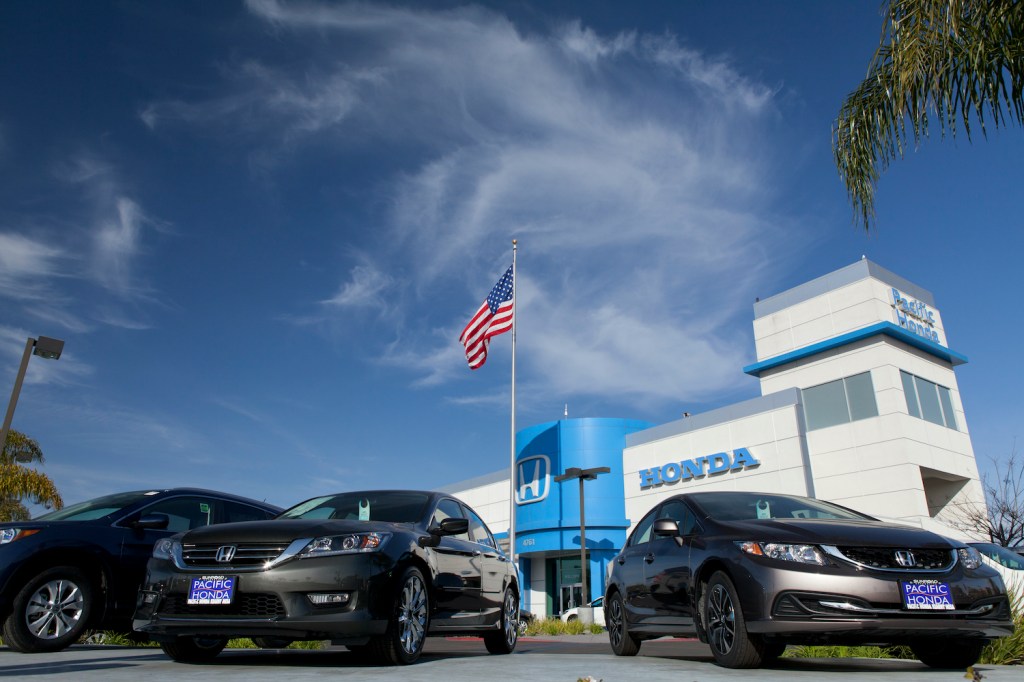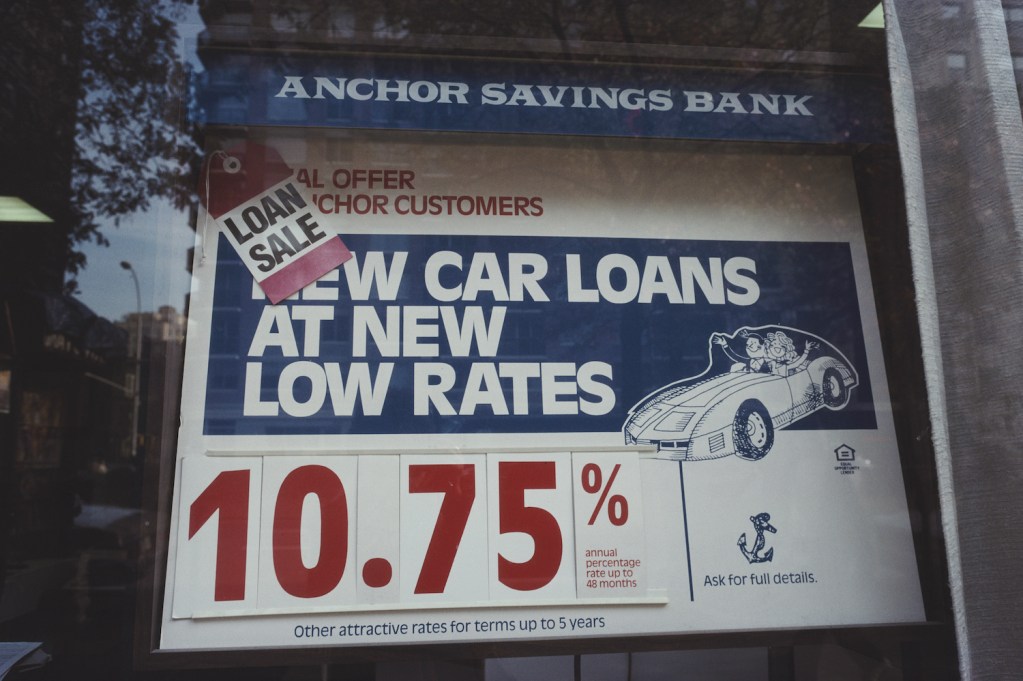
Honda Started Offering an 84-month Financing Term: Here Is Why It Could Be a Bad Idea
If you’re looking to buy a new car and are conducting your research, then you’re probably well aware of your financing options. And if you’re looking to buy a new Honda, then you might be familiar with the 60- and 72-month financing terms currently offered by Honda Financial Services. However, starting this month, Honda is now offering an 84-month term for buyers. Here is why it might be a bad idea.
There is a catch to Honda’s 84-month financing term

While an 84-month financing term might sound like a great idea since more months equals a lower monthly payment, there’s a catch. According to Motor1, the extended monthly term comes with an interest rate of 5.04% in some areas of the country with at least a 760 FICO score. Keep in mind that the interest can differ depending on which region you’re shopping in. However, in Washington and some other areas, that’s the rate.
Additionally, dealerships are allowed to mark up that rate by 1%, so we suggest negotiating it down if you end up applying for financing while you’re at the dealer. By comparison, Honda Financial’s current national APR for 61 to 72 months is 2.9%. That’s a pretty big jump when it comes to interest rates. To make matters worse, Motor1 notes that in some cases, dealers can mark up the 84-month rate to as much as 8.85% for those with a credit score of 660 to 669.
Here is an example of why this loan term could be a bad idea

To illustrate why opting for a longer-term with a higher interest could be a bad idea, let’s run some crude calculations. For example, if you were to finance a $25,000 car for 72 months – with no down payment and no car to trade in – then you would be looking at a total of $2,268 in interest over the course of the loan. You would also have a monthly payment of $378.
Now, if you were to finance the same amount of $25,000 for 84 months at a 5.04% interest rate, you would pay $4,720 in interest over the loan term, which is over double the amount of the 72-month term. Yes, you would have a lower monthly payment of $353, but is that $20 per month “saved” really worth it? We think not.
Keep in mind that opting for the 72-month term means that you will spend one year less making monthly payments. If you have had ever had a car loan, you know that one year of payments can feel like an eternity.
An 84-month term also comes with a higher risk

When opting for an 84-month loan term, you not only pay more in interest, but you also run the risk of owing more than the car is worth. Credit Karma warns buyers that if you end up needing to sell the car during that long loan term, then you may not even break even with the amount that you owe the bank – also known as “being upside down.”
What’s even worse is that if you end up getting into an accident and totaling the car before it’s paid off, then the insurance company may not cover the full cost of the loan. In that case, it’s a good idea to get GAP insurance.
Instead of getting an 84-month loan term, we suggest saving up for a larger down payment and going with a shorter loan term. Even a 60-month term will be better if you can pay a large enough down payment to get the monthly payments down. After all, let’s not forget that an 84-month term is 7 years and there’s a good chance that you won’t even want the car after the fifth year. Choose your loan term wisely.



